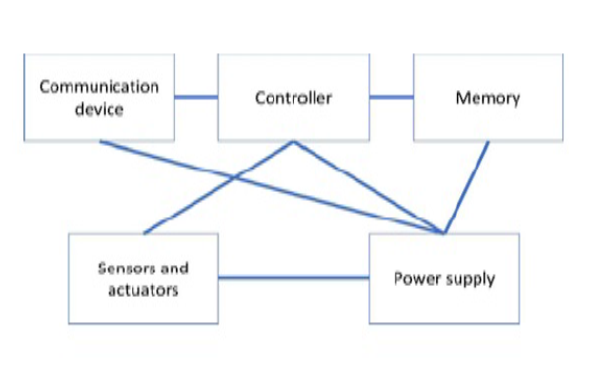


Indian Journal of Science and Technology
DOI: 10.17485/IJST/v13i36.1263
Year: 2020, Volume: 13, Issue: 36, Pages: 3725-3737
Original Article
Junaid Ahmed Uqaili1*, Saleemullah Memon1, Hafiz Muhammad Bilal1,Sanaullah Dehraj2, Muhammad Javed3, Muzamil Hussain4,Muhammad Abbas4
1School of Electronic Engineering, Beijing University of Posts & Telecommunications, Beijing,China
2Department of Mathematics and Statics, Quaid e Awam University of Engineering, Science and Technology, Nawabshah, Pakistan
3College of Computer Science and Information Engineering, Guangxi Normal University,Guilin, China
4School of Computer Science, Beijing University of Posts & Telecommunications, Beijing,China
*Corresponding Author
Email: [email protected]
Received Date:29 July 2020, Accepted Date:19 September 2020, Published Date:06 October 2020
Background/Objectives: The major problems in WSN are the short-range of RF signals and the short life of batteries of each node. We develop a platform that uses the MAC protocols to avoid collisions between packets and decrease the data collection time. To overcome the energy challenges, the sleep modes, idle consumption, and others solutions provided to extend the node’s life period Methods/Statistical analysis: Based on the IoT applications, we configured different hardware (HW) to collect data from temperature,relative humidity (RH), and carbon dioxide (CO2), and access to this data, and these devices remotely through the internet. For this, the nodes, transceivers, batteries, and the gateway (GW) are analyzed. Additionally, it is configured with the frequency band or the radio frequency (RF) sensitivity to improve the performance of the system developed. Findings: Sensors, repeaters, and the GW were configured to work with each other and be accessed through the internet. The energy consumed on the experiment carried out has been reduced by more than 80% choosing LP modes and enable sleep algorithms over the Node’s OS where the time was also reduced around 80% in comparison with the available options. By set MQTT and SSH services, this application is scalable to be integrated with cloud services and be accessed by remote computers. Novelty/Applications: Finally, the lifelong period of nodes augmented drastically, more range between nodes is achieved and highly reliable data collected with low power consumption.
Keywords: WSN; sensors; IoT; CO 2; temperature; relative humidity (RH)
© 2020 Uqaili et al.This is an open-access article distributed under the terms of the Creative Commons Attribution License, which permits unrestricted use, distribution, and reproduction in any medium, provided the original author and source are credited. Published By Indian Society for Education and Environment (iSee).
Subscribe now for latest articles and news.